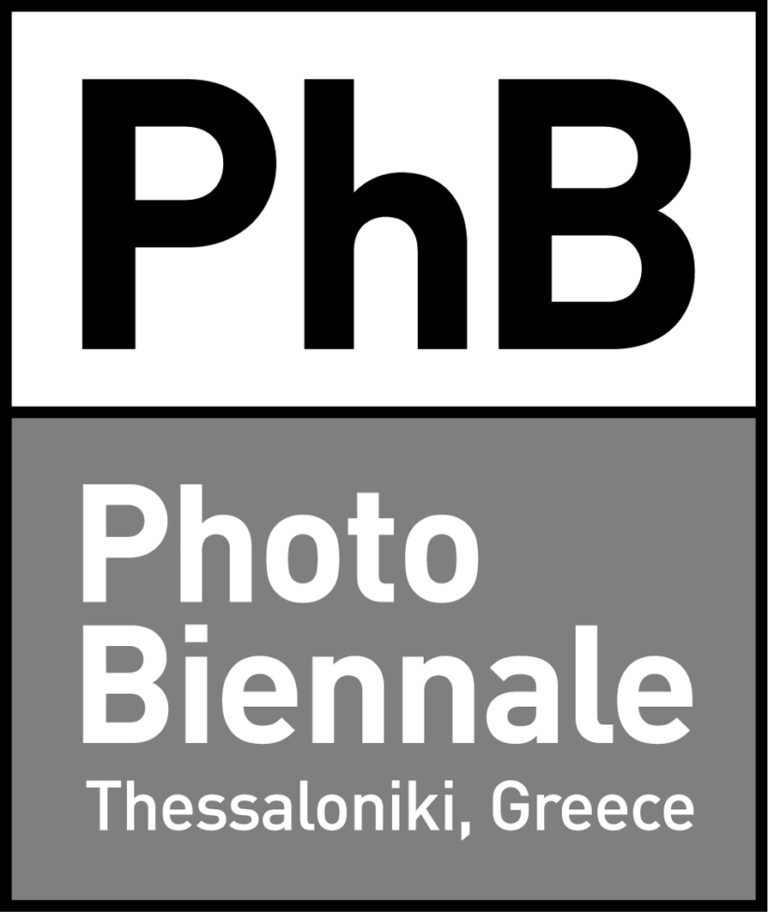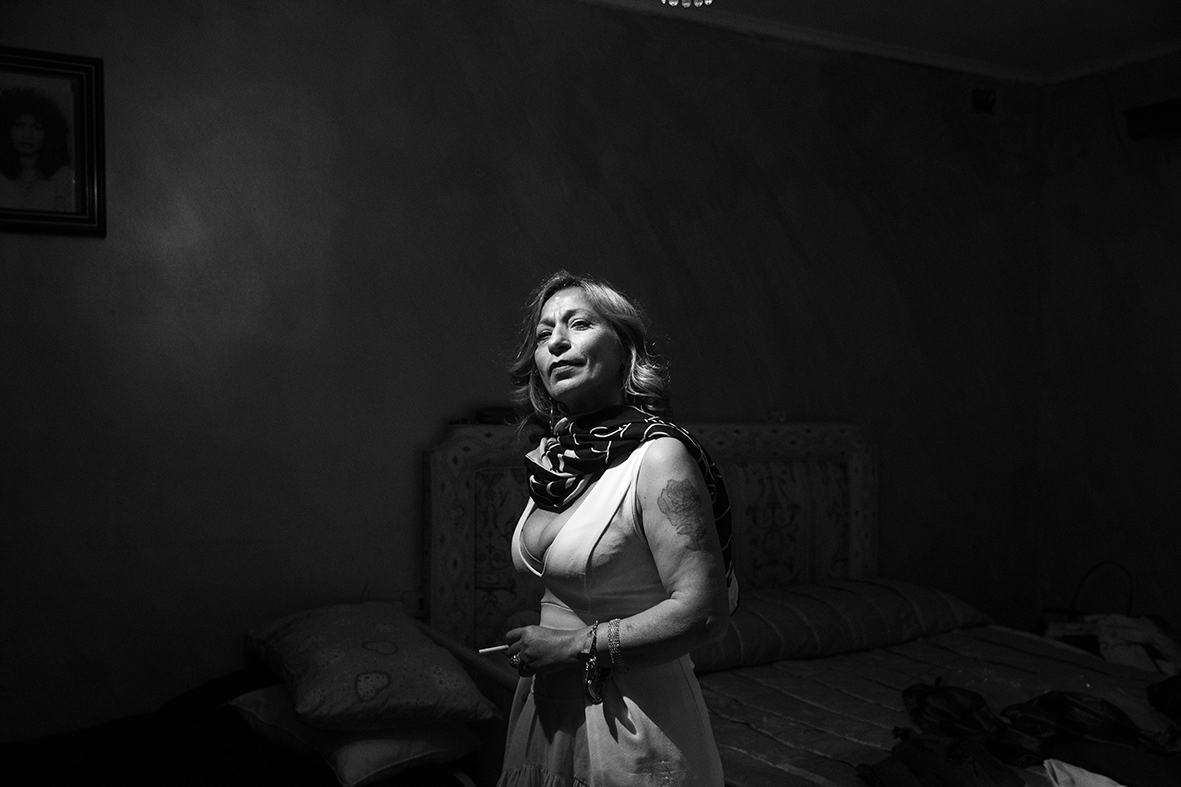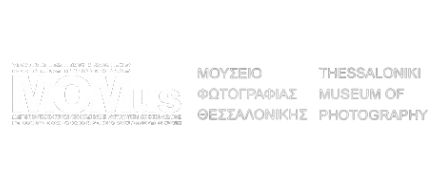In his series, Sevla, Paolo Pellegrin depicts the lives of an extended family of Bosnian Roma who, since the 1980s, have been settled on the outskirts of his native Rome. While many documentary projects about the Roma focus on poverty, insecurity and oppression, Pellegrin dwells on the closeness of this large family, headed by the matriarch Sevla, who is seen in a portrait which highlights her charisma and self-possession. For these Roma, family intimacy is of paramount importance—far more so than advancement in a career, as Sevla says herself—and we enter through these photographs a world where isolation and alienation have little hold, where three generations closely intermingle, and where children play freely across their extensive environment. It is through the children especially that the poverty and sometimes squalor of their living circumstances are enchanted through fantasy and made beautiful. Pellegrin first encountered Sevla and her family in 2015, while creating a project for an international festival – but that initial undertaking has turned into a long-form ongoing investigation. Over the years,
Pellegrin keeps visiting the family, witnessing their everyday life and how it changes. Pellegrin’s metier is an old, humanist one, following in the tradition of W. Eugene Smith, Helen Levitt,
Josef Koudelka or more recently Sebastião Salgado, and he turns the full panoply of its means to sympathetically portray his subjects: the use of available light to expressive effect (in deep contrasts of light and shade, or overall patterning, or selective illumination), the capture of significant pose and gesture, and the coordination of figures in artful compositions. In these images, his subjects sometimes appear absorbed in activity and sometimes lost in reflection, and seem possessed of a deep inner
life. Metier meets subject, since the rise of spectacle which weakened humanist photography with its privatisation of space and experience, is barely evident here.
–J.S.



